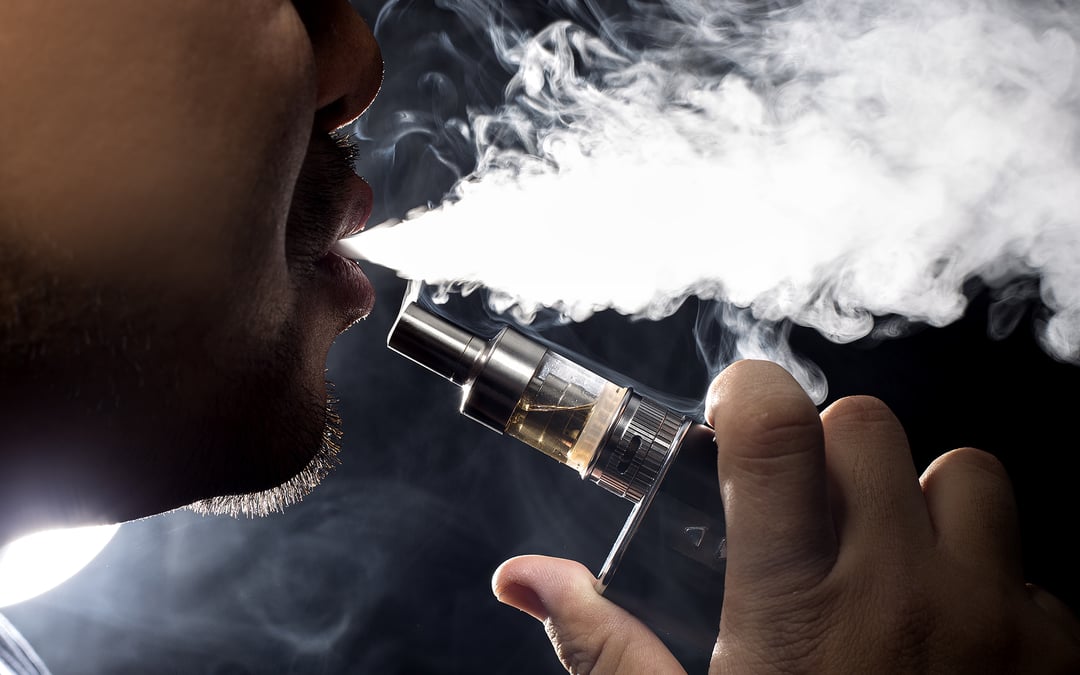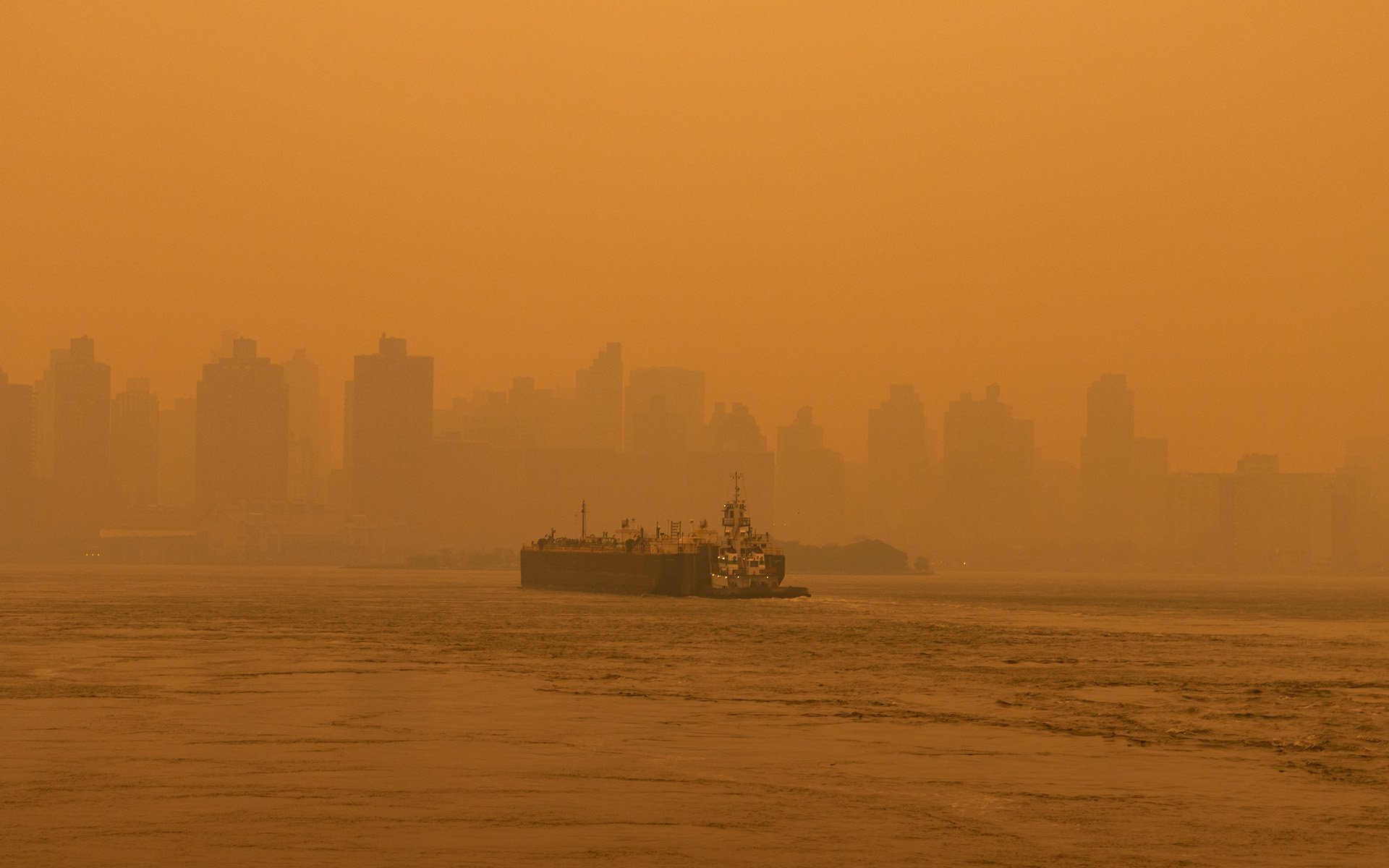The Dangerous Sources of Pollution on College Campuses
Many kinds of toxins can circulate throughout a college or university campus, depending on the age and location of the buildings. Below are some of college and university campuses’ most common airborne pollutants and how they are damaging your health.

Smoking and Vaping:
Smoke in student housing from cigarettes and e-cigarettes are harmful because they contain dangerous chemicals.
Vaping and smoking harms nearly every organ in the body, including the heart. And, nearly one-third of deaths from heart disease are the result of smoking and secondhand smoke.

Outdoor Pollution:
Chemicals and particulate matter from wildfires and chemical incidents can travel and seep into buildings.
Wildfire smoke is linked with higher rates of heart attacks, strokes, and cardiac arrests. Chemical exposure can cause cancer, organ damage, weakened immune system, allergies or asthma, and more.
Viral Transmission
Over the last few years, we have learned a lot about the spread of viruses such as COVID-19, RSV, and the flu and why having an air cleaner is important to mitigate the transmission of these diseases.
Contaminated air in public spaces can increase a person's viral load and thereby increase your chances of contracting diseases and infections, such as COVID-19 and other dangerous respiratory illnesses.
Building Materials and VOCs
Furniture, cleaners, paint, drywall, flooring, and other building materials can emit chemicals, gasses, and VOCs, which can cause health symptoms.
Even low levels of VOCs can cause eye, nose, and throat irritation, headaches, nosebleeds, fatigue, nausea, and dizziness. Some may experience allergic skin reactions, like itching, rashes, or hives. VOCs can also aggravate allergies and asthma.
Products
Products like cleaning supplies, air fresheners, and beauty products, often include chemicals that cause health problems. Many products even release VOCs.
These products can irritate eyes, nose, and throat, or cause headaches or other problems. VOCs and other chemicals can cause chronic respiratory issues, allergic reactions, and headaches. They can also worsen allergies, asthma, and other pre existing respiratory issues.
Additional Resources
Doctors have coined a new term called “Sick Building Syndrome” to describe the impact of pollutants on human health. "Sick Building Syndrome" was coined about 20 years ago to describe the effects of the chemicals used in the creation or repair of a building. One of the hallmarks of Sick Building Syndrome is symptoms subside or decrease almost immediately upon retreat from the building.
Watch the video for more information.












